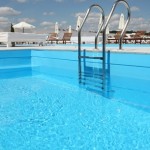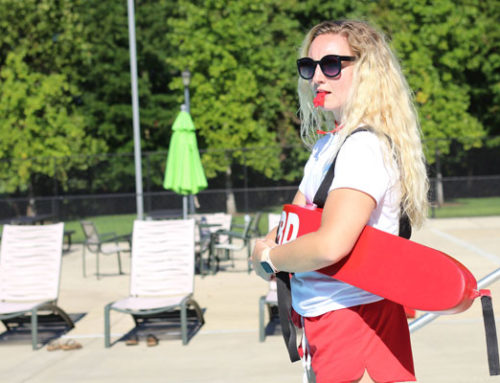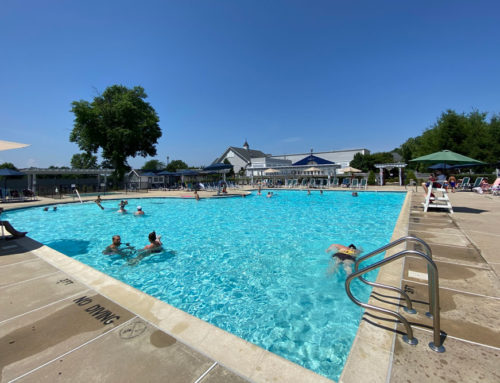According to the National Spinal Cord Injury Statistical Center, about 12,000 people experience spinal cord injuries every year, and diving head-first into shallow pools is the fourth leading cause of these numbers. Injuries to swimmers may seem like a lifeguard’s responsibility, but preventing these incidents is a full-time job that requires coordination from pool management. While lifeguards can treat people in the moment, it’s up to you to make sure that your patrons are protected from serious head and neck injuries.
Preventing these injuries comes down to a commitment to safety and constant perseverance from both lifeguards and pool officials. If you institute even a few of these steps, you may all but eliminate the threat of serious spinal injuries from your facility.
Check your depth
If you’re lucky enough to encounter this problem during the pool construction phase, you can design your facility to protect your patrons from danger. USA Swimming urged all construction services to avoid building pools for a single purpose. This produces facilities of a uniform depth, which may not be safe for all swimmers. Individuals who favor lap swimming may love your new facility, but divers may either avoid your pool or – even worse – attempt to jump in head-first anyway.
The solution is to construct pools with multiple purposes in mind. Most commercial pools are built in this fashion, with a ramped or stepped entryway leading to a shallow end, a precipitous drop-off toward the middle and a deeper section for diving. The relative depths of these areas can vary in each pool, but USA Swimming recommended water levels of 42 inches, 48 to 60 inches, and 7 feet or more for a safe diving experience.
Post proper signage
Unfortunately, no matter how safe you construct your pool, some overexcited kids or inattentive adults may still think they can safely dive into any pool. Even if you have a deep end specifically constructed for such activities, it’s still in your best interest to make sure your patrons know where they can and can’t jump headfirst into the water.
Post signs around your facility to indicate if diving is even allowed at your pool. These should be in areas where patrons are likely to look, such as entryways, locker rooms and around the pool itself. If you have slides or structures surrounding the water that swimmers could easily jump from, make sure to post signs on or around these platforms.
Take care of the deep end
Not all spinal cord injuries occur in shallow water. Depending on your pool’s equipment, you may be opening yourself to accidents caused by deep water diving, too.
iSport.com explained that springboards allow swimmers to jump higher and dive further than usual, which may make the deep end of your pool a dangerous place. Depending on the size and height of the springboard, pool management should ensure that there’s at least 5 feet of clearance from the tip of the board to any wall. This should protect swimmers if they happen to slip and fall into the water.
These recommendations may seem overly restrictive, but spinal cord injuries are one of the most serious incidents that can occur in a pool. If you think your facility could use an upgrade on its injury prevention policies, talk with your lifeguards for tips on how best to interact with your swimmers. Take advantage of their frontline experience to produce relevant and realistic safety materials. This way, your staff will be better able to protect your patrons.






